
Myelofibrosis
The latest news, research, and perspectives in myelofibrosis (MF). A primary subtype of myeloproliferative neoplasms (MPNs), this rare blood cancer scars the bone marrow so that it cannot properly produce blood cells.
Advertisement
The agent, nuvisertib, previously received Orphan Drug Designation from the FDA for this indication in May 2022.
Gecacitinib improved spleen volume, symptoms, and anemia in JAK inhibitor–naive MF, regardless of baseline anemia severity.
The MANIFEST-2 trial compares pelabresib plus ruxolitinib with placebo plus ruxolitinib in JAK-inhibitor-naive myelofibrosis.
Experts discuss patient-centered approaches and novel therapies reshaping MF treatment in a roundtable.
Experts explore anemia therapies, JAK inhibitors, and transplant innovations shaping the promising future of MF care.
Experts discuss molecular insights into MF, highlighting mutations, risk assessment, and evolving therapeutic approaches.
Advertisement
Experts discuss current treatments and ongoing research in myelofibrosis, highlighting new therapies and clinical trials.
Experts discuss CALR-targeting therapies, symptom assessment, and the future of myelofibrosis treatment and regulation.
Investigators observed that overall treatment has improved but hospitalizations and other events indicate unaddressed need.
Harboring high molecular risk mutations and a lower JAK2V617F VAF were independent adverse prognostic factors for survival.
The Myelofibrosis Symptom Assessment Form is the only instrument currently available for evaluating myelofibrosis symptoms.
According to John O. Mascarenhas, MD, the phase 3 MANIFEST study heralds a new era of combination therapy for myelofibrosis.
In a phase 2 trial the hepcidin mimetic increased hematocrit control while reducing phlebotomy and patient-reported symptoms.
Most patients with JAK2, CALR, and MPL mutations had mutation clearance 100 days after HSCT.
Andrew Kuykendall, MD, presented on the status of myelofibrosis treatment in the era of 4 approved JAK inhibitors.
Discussing the evolving role of selinexor in treatment of myeloproliferative neoplasms.
Watch as Viges and Dr. Mascarenhas explore strategies to enhance patient-centered care in MPN management.
Exploring the latest advancements in myelofibrosis research with Kapila Viges, MD and John Mascarenhas, MD.
The panel moderated by Prithviraj Bose, MD, goes into detail on practical aspects of this agent's use in the clinic.
The expert panel moderated by Dr. Bose looks at noteworthy study work on use of this agent for anemia in myelofibrosis.



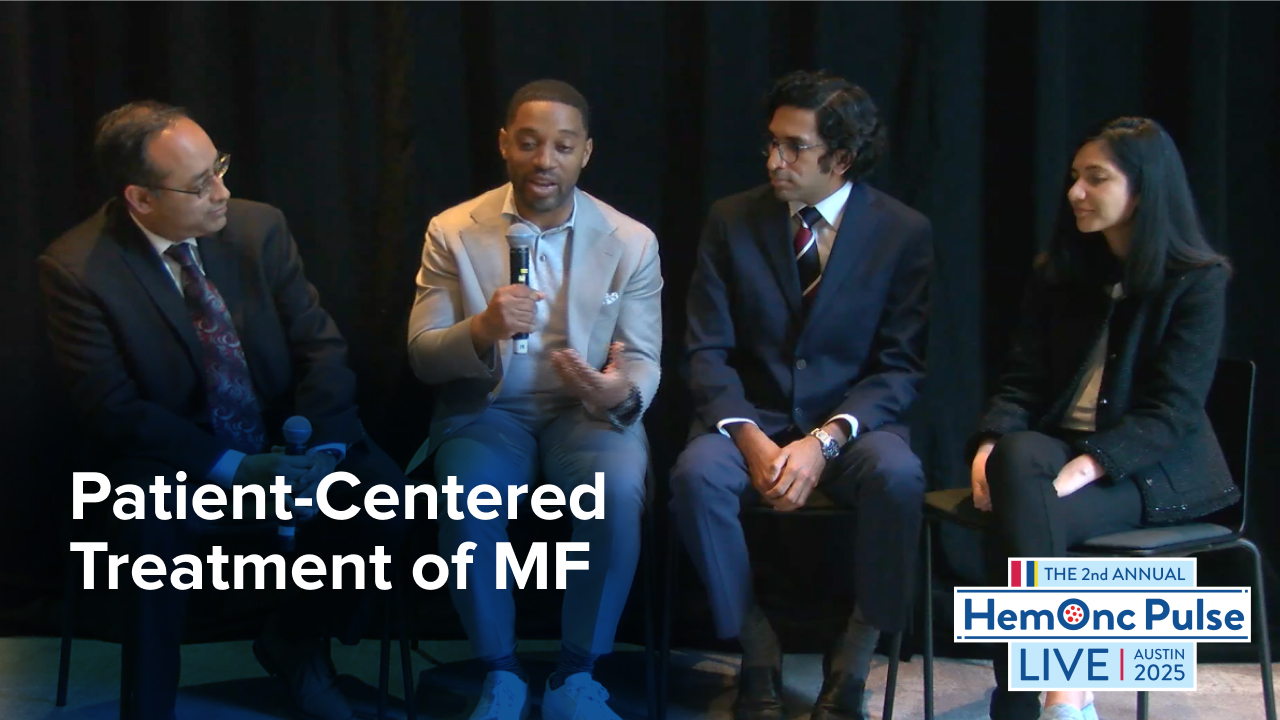
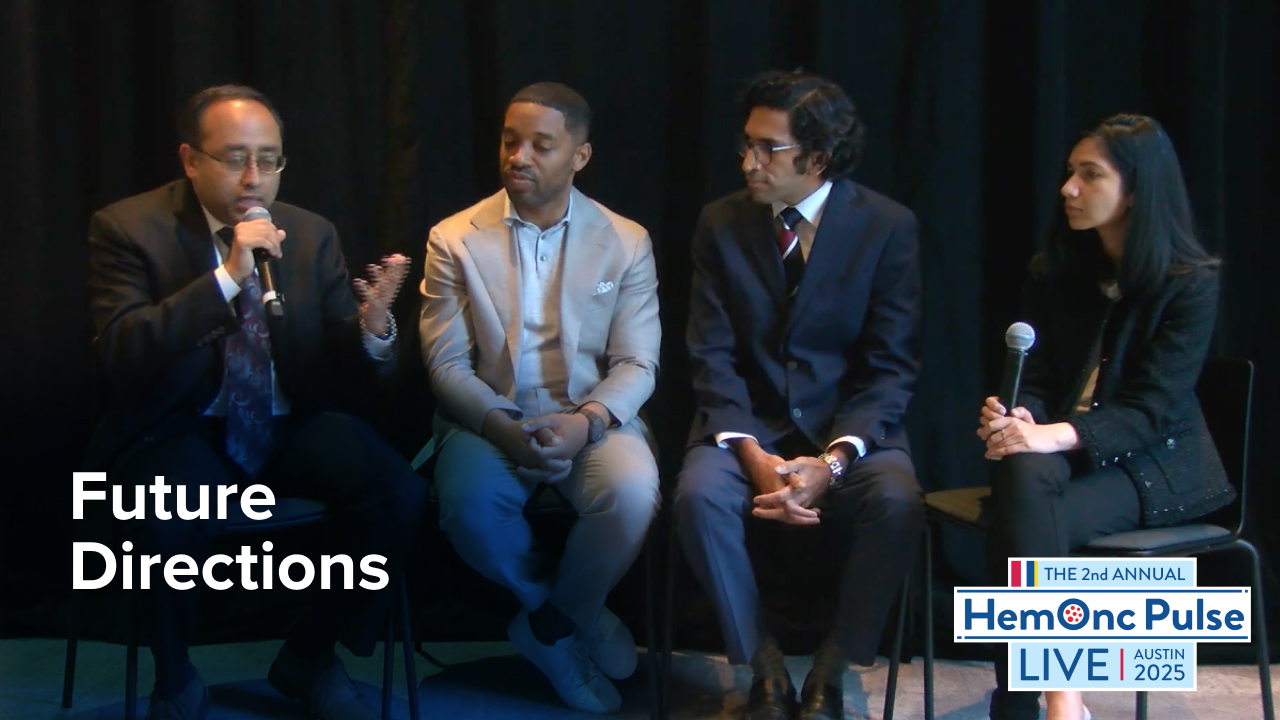
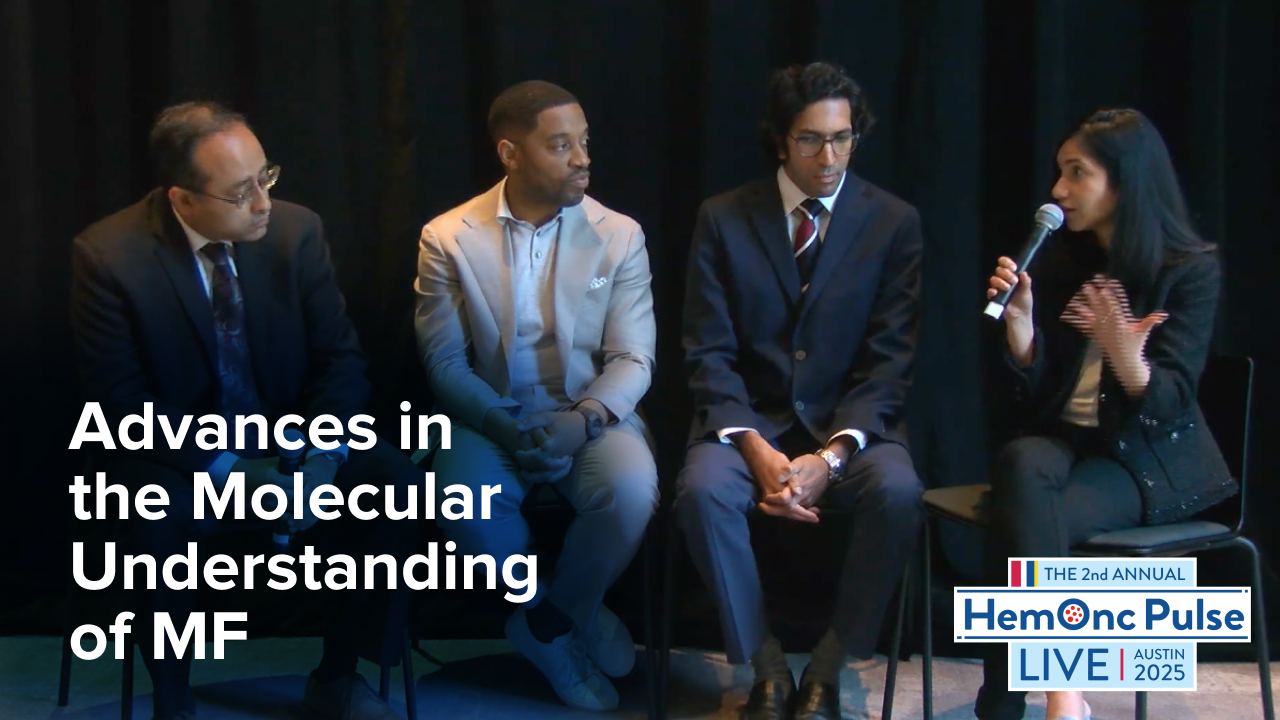
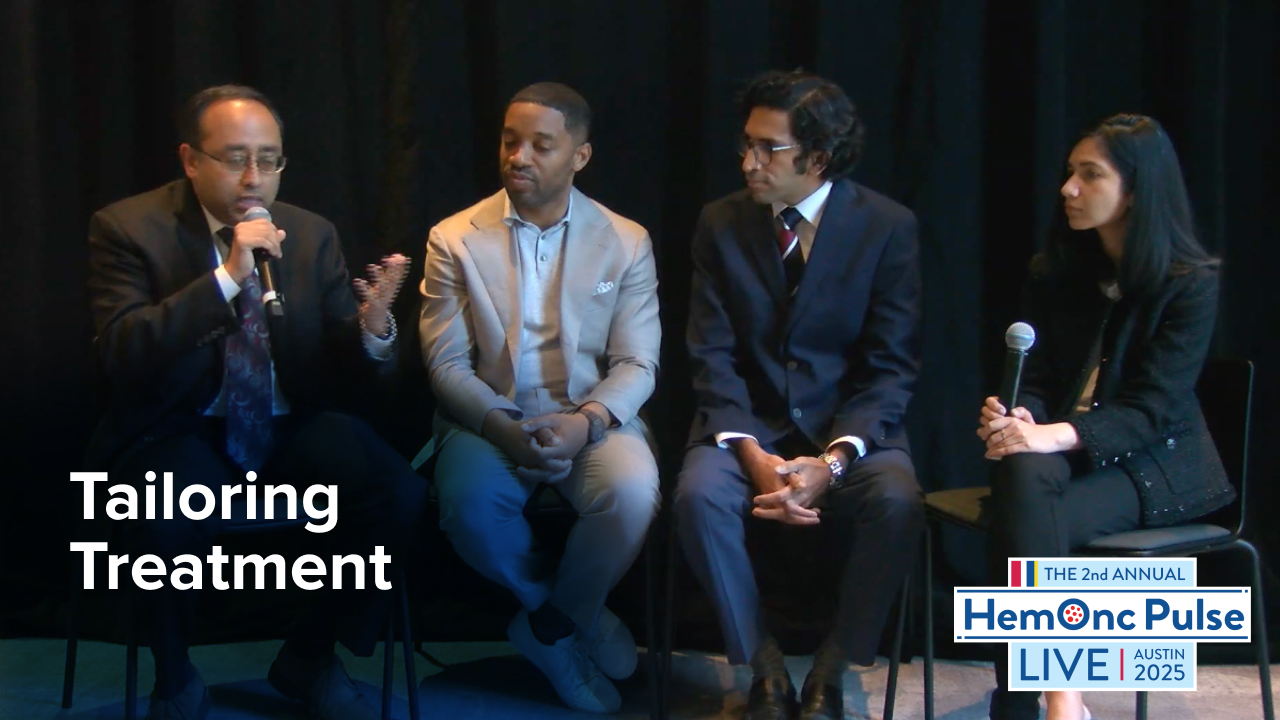
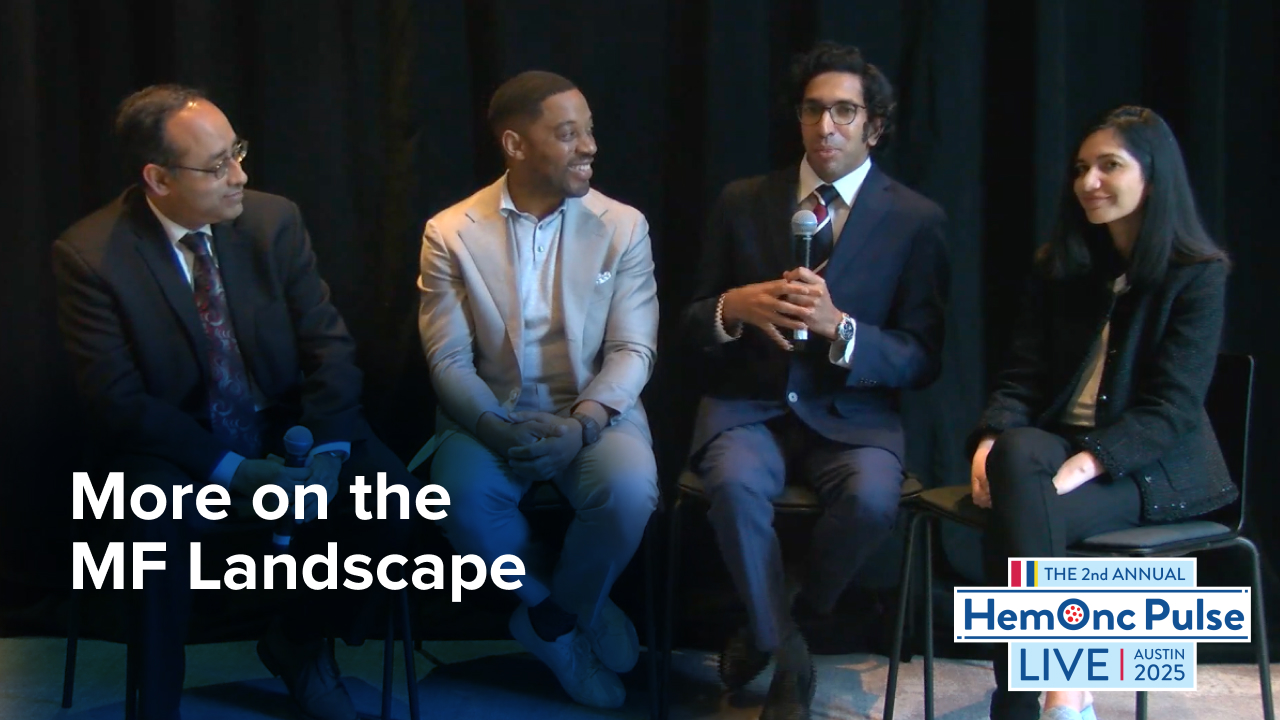






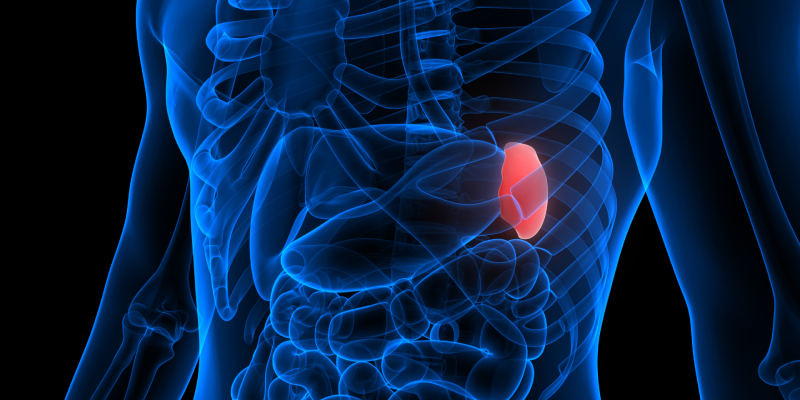

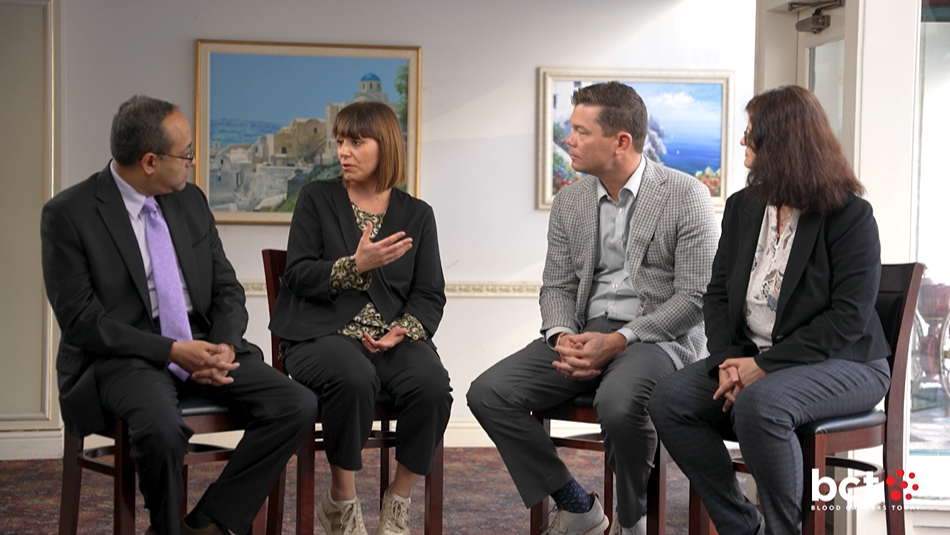
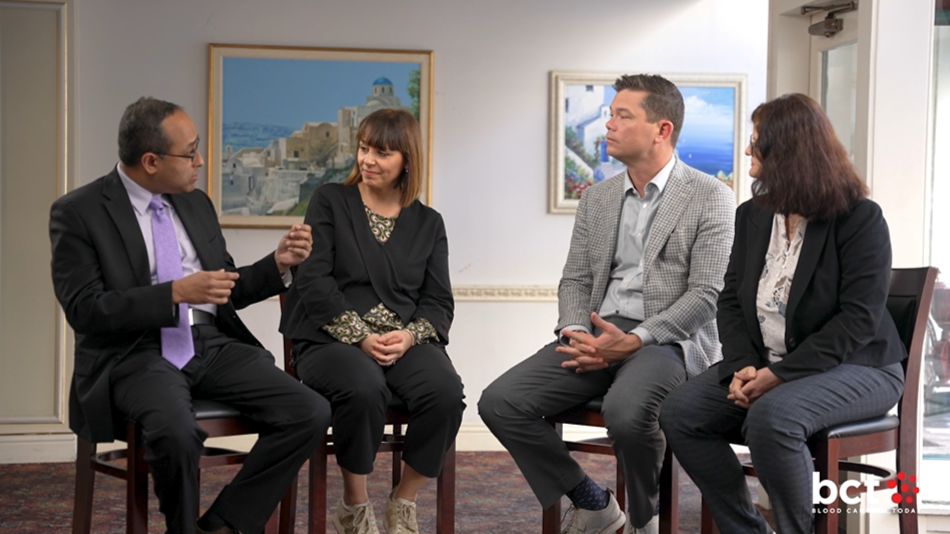
 © 2025 Mashup Media, LLC, a Formedics Property. All Rights Reserved.
© 2025 Mashup Media, LLC, a Formedics Property. All Rights Reserved.